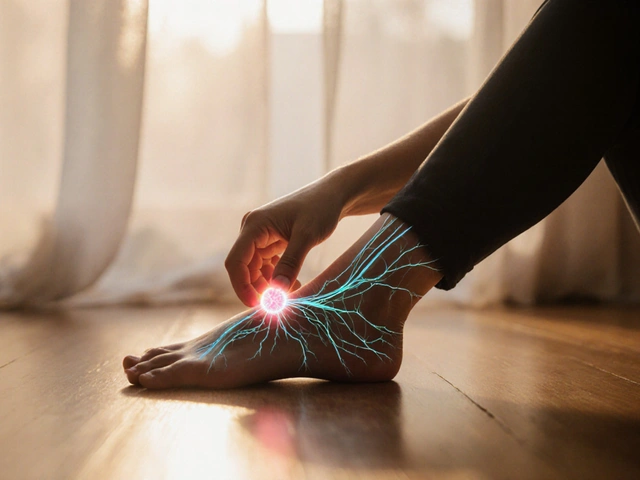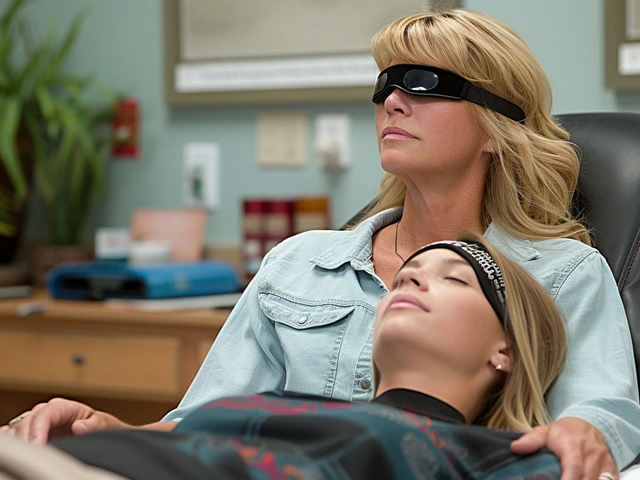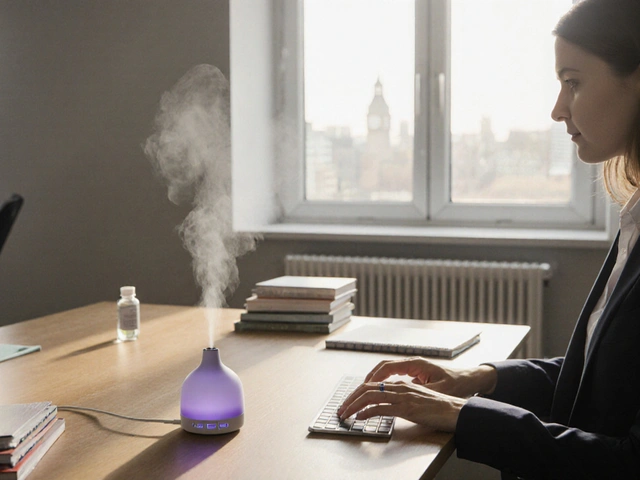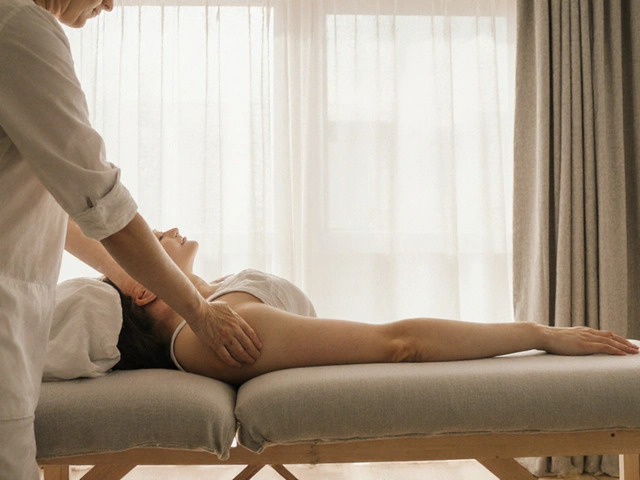Feldenkrais Training: Unlocking Mindful Body Movement for Lasting Wellness
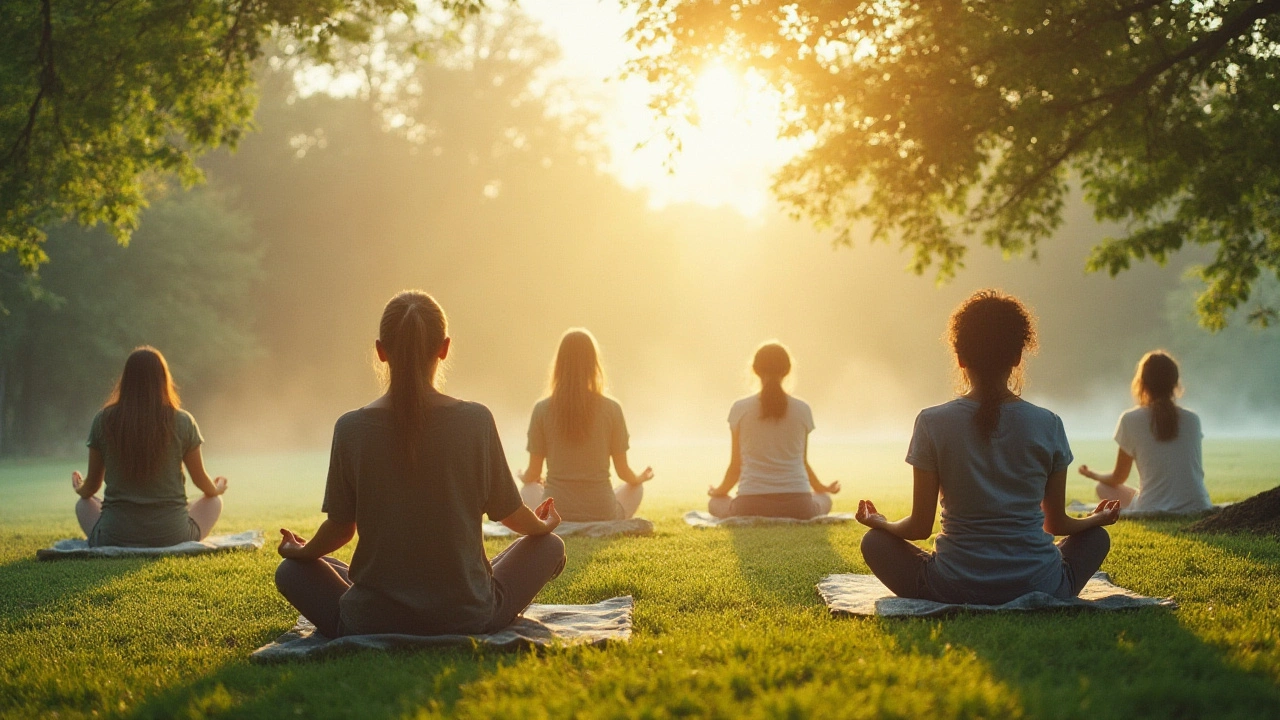
If someone told you that lying on the floor and moving your body ever-so-slightly could change the way you stand, walk, and even think, would you believe them? That's Feldenkrais in a nutshell—small shifts, big impact. Across physio clinics and cozy studios in Auckland, people are rethinking what movement means, not by sweating buckets, but by paying attention to their tiniest nudges, rolls, and stretches. This practice isn't another fad—it sits quietly behind the curtain of Olympic training, chronic pain rehab, and even creative arts. It promises something rare in today's fix-it-fast culture: lasting change that sticks because you learn it yourself.
What is Feldenkrais Training?
At first glance, Feldenkrais training can look deceptively simple—grown adults rolling or reaching with childlike curiosity. But there’s nothing random about it. Named after Moshe Feldenkrais, a Ukrainian-Israeli physicist and judo expert, the method blends science, mindfulness, and embodied learning. What sparked Moshe to create this? After a knee injury threatened his career, he refused surgery and started experimenting, asking, “How does the brain learn to move?”
His answer: the body and mind are inseparable. Change how you move, and you rewire your brain. Feldenkrais believed that habitual movement patterns—sitting hunched at a desk, clenching your jaw, walking stiffly—cause pain and limit potential. Most traditional exercises work on the muscle, but Feldenkrais targets the nervous system. Each lesson guides you through small, focused movements that wake up the brain to new possibilities. People don’t just get stronger or more flexible—they move smarter.
There are two ways to do Feldenkrais: group Awareness Through Movement (ATM) classes, where a teacher guides you with verbal instructions, or hands-on Functional Integration (FI) sessions, tailored to you. In both, there are no right or wrong moves—just gentle curiosity. This focus on awareness is what sets Feldenkrais apart from yoga, Pilates, or physiotherapy.
"If you know what you are doing, you can do what you want," Feldenkrais famously said. That’s the heart of his method.
The science stacks up too. A review in the journal Research in Dance Education (Vol. 17, 2016) tracked how ATM classes improved balance and movement in older adults. They saw not only fewer falls but a boost in confidence and independence. New Zealand’s performing artists and athletes turn to Feldenkrais for injury recovery and performance enhancement. Since Feldenkrais isn’t about perfect poses, it’s accessible—even for people who struggle with traditional exercise. That secret sauce? Slow, mindful movement that builds a lifelong toolkit for change.

The Journey: How Feldenkrais Transforms Mindful Movement
Wondering how a typical Feldenkrais lesson looks? Picture a circle of people lying quietly, eyes closed, while a calm voice says something like, “Roll your head gently to the left. Notice where you feel effort or ease.” The task seems simple—sometimes it’s just moving a finger or hip. But behind the quiet is deep learning: as you sense the differences with every small variation, your brain makes new maps. This isn’t about getting it right or pushing through pain. It’s about becoming the detective of your own body.
The power of this work isn’t visible right away—no before-and-after selfies, no sweat-drenched t-shirts. But listen to people who’ve stuck with Feldenkrais and you’ll hear things like, “My back pain that never quit is just gone,” or “I finally feel connected to my body.” These aren’t rare stories either. Chronic issues become manageable, frazzled nerves settle, injuries mend in ways that last. Why? Feldenkrais training teaches you to sense effort before it becomes strain. That insight makes all the difference.
A stand-out fact: research in the journal Disability and Rehabilitation (Vol. 29, Issue 11/12, 2022) found that patients attending Feldenkrais sessions for chronic lower back pain reported a 50% reduction in pain levels over three months, compared to just 23% with usual care. But the real magic happens outside the classes—you don’t just move differently during lessons. You learn to notice how you slouch while driving, freeze when stressed, or tense your shoulders in meetings. Feldenkrais practice trains you to pause, find other ways, and choose what feels better.
Kiwi musicians use Feldenkrais to solve awkward aches other therapies miss. One violinist described it as “finally unlocking my body so I can just focus on the music again.” Everyday folks experience such gains too—parents learn how to lift children without tweaking their backs, gardeners kneel and rise easily, runners find a lighter stride. Feldenkrais doesn’t just heal—it sparks self-discovery.
| Benefit | Percentage of Users Reporting Improvement |
|---|---|
| Reduced chronic pain | 63% |
| Improved balance and coordination | 56% |
| Greater body awareness | 73% |
| Less stress and anxiety | 41% |
| Ease in daily movements | 68% |
Unlike fitness fads that fade, Feldenkrais is subtle and sustainable. With each class or private session, you stack up skills in self-regulation, stress reduction, and functional strength—like adding spare keys to doors you didn’t know were locked. Every little discovery adds up. Each mindful movement you make lays down lasting neural pathways. When you’re more aware, you’re less likely to get injured or stuck in a rut—physically and mentally.
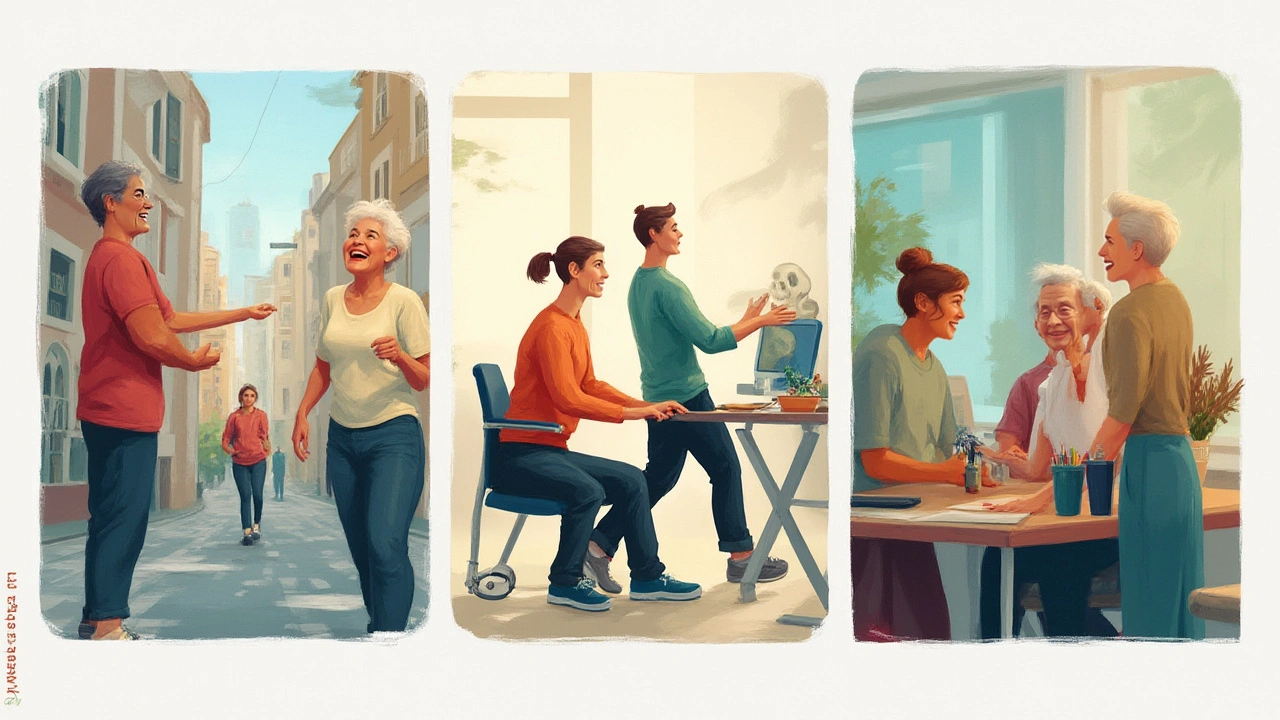
Bringing Feldenkrais Into Your Everyday Life
You don’t need to overhaul your schedule or buy fancy equipment to start with Feldenkrais. One beauty of the method is its portability—you can practice it almost anywhere: a quiet room at home, a patch of grass in the park, or even (with headphones) during a break in the office. Auckland’s Feldenkrais community, like many others worldwide, offers in-person classes and online lessons, making it easy to try out.
Want some simple ways to sample this mindful movement at home? Here are a few practical tips:
- Pick five minutes when you won’t be disturbed. Lie on the floor (a blanket is enough).
- Close your eyes, and bring attention to your breath. Notice your contact points with the ground.
- Try this gentle scan: Very slowly, roll your head left and right. Notice if one side feels easier. Don’t force; just be curious.
- Experiment with lifting one shoulder, then the other. How does the rest of your body respond?
- After a few minutes, pause. Slowly stand up and walk around. Can you sense a difference in how you move?
If those few minutes leave you hungry for more, look for Awareness Through Movement classes in your area or online. Teachers in New Zealand often train for four years to become certified—a testament to the depth of this practice. Many combine Feldenkrais training with backgrounds in physio, dance, or psychology. They help you explore gently, never forcing. That’s why it works for everyone—from hard-charging athletes to folks recovering from surgery.
A tip I love: integrate Feldenkrais thinking into ordinary routines. Notice how you bend to tie your shoes or pour your coffee. If you catch yourself tightening up, pause. Breathe and see if you can move with less effort. Small changes done mindfully snowball into healthier habits, less injury, and more presence.
Remember, Feldenkrais isn’t about memorizing exercises but about paying attention. Your own body is always the best teacher. With each lesson, you get a little better at listening in, catching those subtle clues, and making smarter choices. The goal isn’t to move like anyone else, but to move like the best version of yourself.
Those who dive into Feldenkrais training find it’s more than physical therapy—it’s a path to a more mindful, joyful relationship with your body and mind. So the next time you feel a twinge or a mental fog, try asking, “How can I make this easier?” You just might find that small question opens up a big new world.

